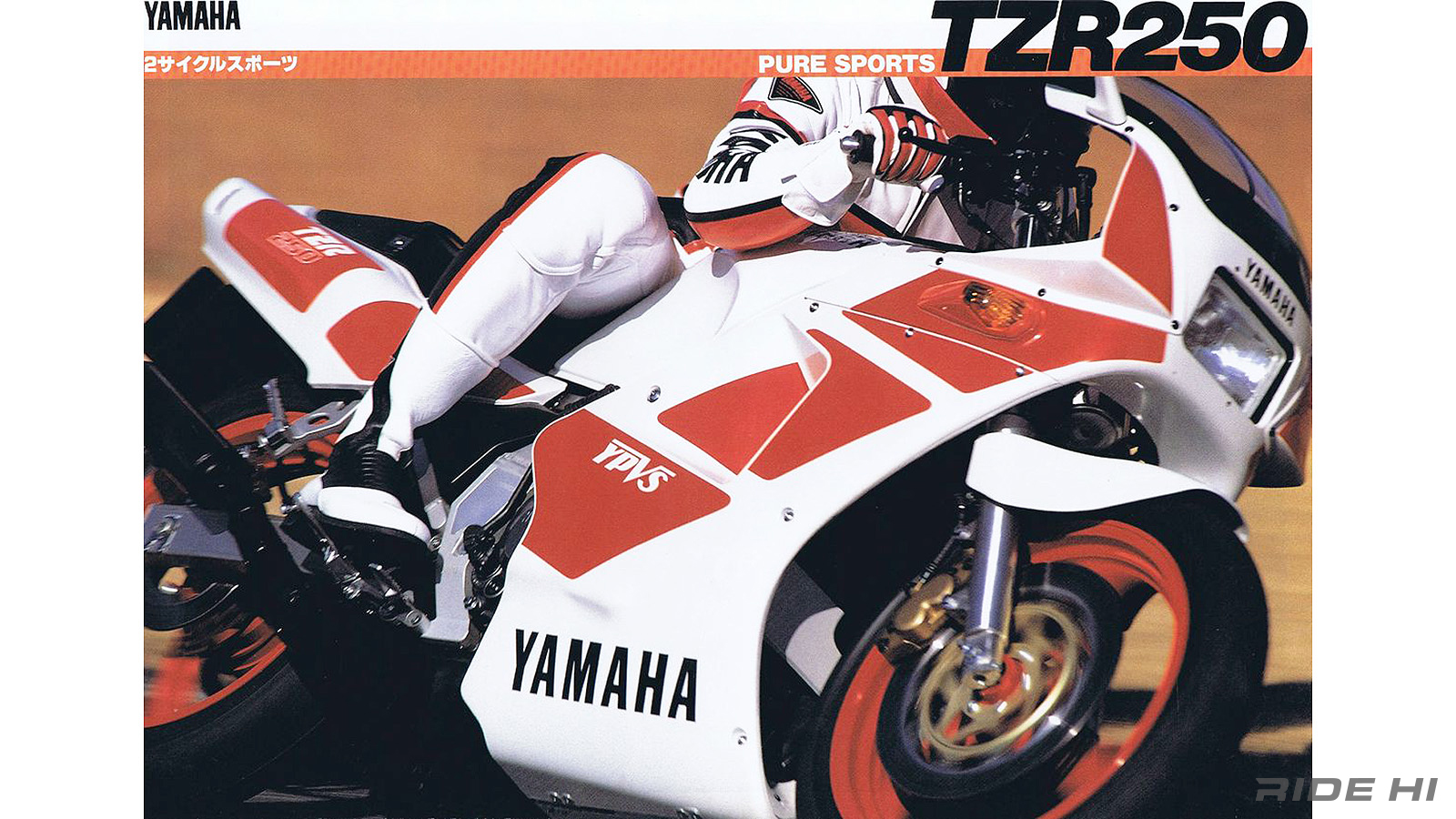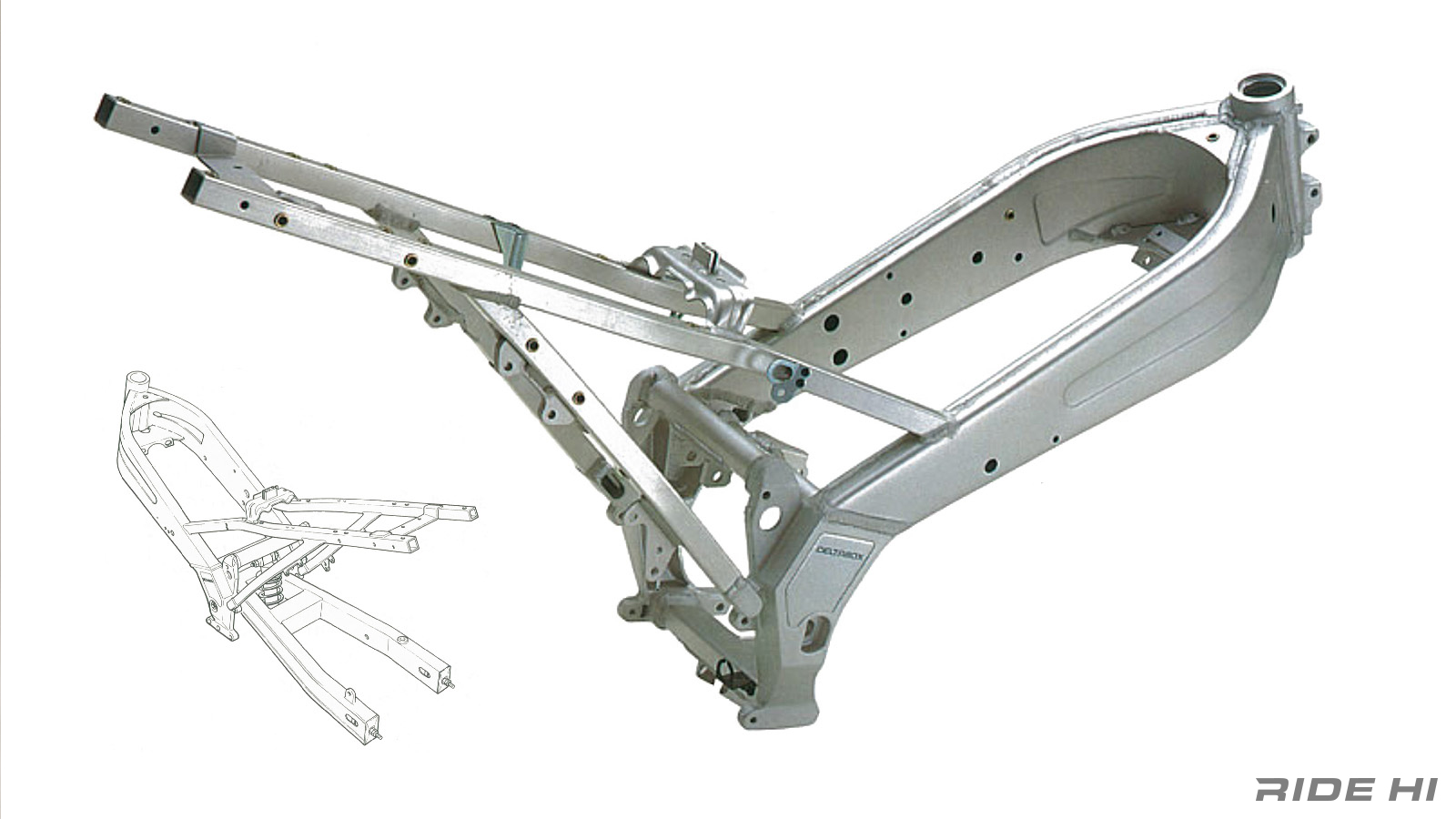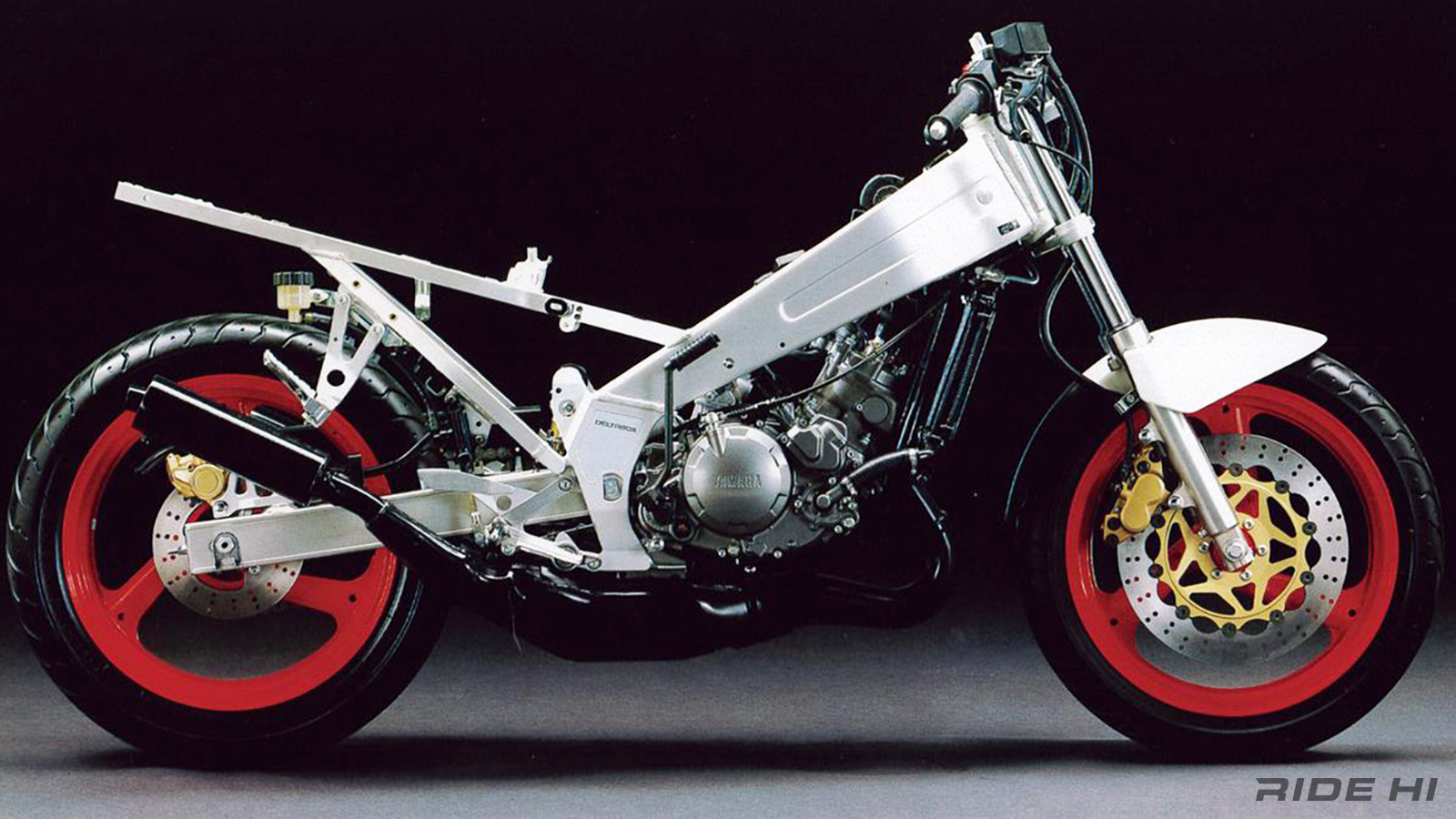The original TZR, which pursued handling that was easy to understand and familiar to the rider, was developed with the YZR500 in mind, and now has even more potential!
With the shocking debut of the RZ250 in 1980, Yamaha brought the two-stroke engine back to the forefront of sports motorcycles, a field that had been deemed doomed by exhaust gas regulations.
With the 1985 TZR250, Yamaha seemed to have increased the level of racer replica with race-derived technologies such as the YPVS variable exhaust port and the aluminum deltabox frame.
However, the aim was based on a concept of a completely different dimension.
The TZR250's form was a size larger than the RG250Γ and Honda NS250R, which were also two-stroke 250 replicas.
The TZR250 was unusual in that it was developed by engineers of the YZR500 World GP machine.
The theme was not to prioritize the light and quick characteristics required of a 250cc racing machine, but to make the abundant hyper performance of the big machine more familiar to the rider's sensibilities.

The TZR250 was popular from the moment it was released, and its rivals all shared the development of their 250cc racing machines, trying to make them even more replicas.
In other words, the aim was to make it light and quick, a concept that was 180 degrees different from the handling of the TZR250.
Three years after its release, the TZR250 underwent a minor change to try to keep up with the fierce pursuit of its rivals, but this difference in concept ended up giving the mistaken impression that it was lagging behind.
A unique handling philosophy that embodies the essence of Yamaha style!


The TZR250 was developed by engineers of the YZR500, the top class of the World GP.
It made use of the know-how gained from the tumultuous period for the YZR500 from 1982 to 1983.
At the time, the YZR500 was transitioning from an in-line four-cylinder layout with a 250cc in-line twin engine connected on the left and right, to a square four-cylinder layout with a parallel twin engine connected front and rear with gears, and then to a compact V4 with the carburetor housed between the V-banks.
The demands of champion Kenny Roberts included making the tires as wide as possible, and the engine characteristics, as he doesn't use the mid-speed range, so he wanted a machine that would allow him to pull away from the pack with peak power.
However, when the '82 season began, King Kenny struggled. He was overtaken by Barry Sheene, who was riding the previous year's model with a large square four-cylinder.
So for the following year's 1983 model, Yamaha completely eliminated the quick and sharp feel and used the previous large-diameter wheels, 18 inches front and rear, and a flexible semi-monocoque frame made of welded aluminum plates called "Deltabox."

Information Source. [ RIDE HI ]



